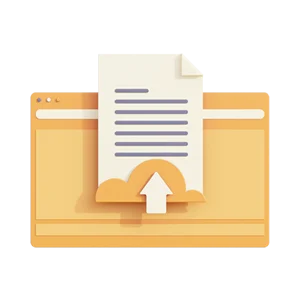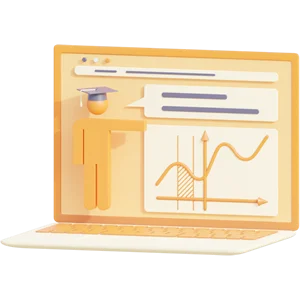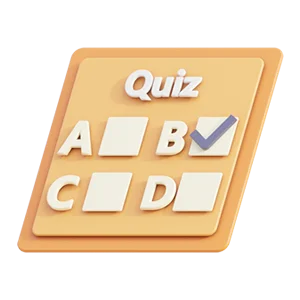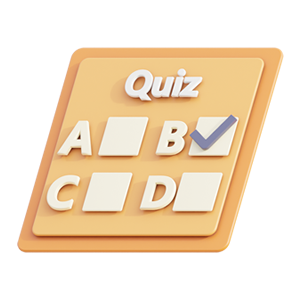NEW 2023 ATLS Post Test. MCQ With 100% CORRECT VERIFIED Answer 1. A 47-year-old house painter is brought to the hospital after falling 6 meters (20 feet) from a ladder and landing straddled on a fence
NEW 2023 ATLS Post Test. MCQ With 100%
CORRECT VERIFIED Answer
1. A 47-year-old house painter is brought to the hospital after falling 6 meters (20 feet) from a
ladder and landing straddled on a fence. Examination of his perineum reveals extensive
ecchymosis. There is a blood in the external urethral meatus. The initial diagnostic study for the
evaluation of the urinary tract in this patient should be:
a. cystoscopy
b. cystography
c. intravenous pyelography
d. CT scan
e. retrograde urethrography
2. Neurogenic shock has all of the following classic characteristics except which one?
a. hypotension
b. vasodilation
c. bradycardia
d. neurologic deficit
e. narrowed pulse pressure
3. Which one of the following statements is false concerning Rh isoimmunization in pregnant
trauma patients?
a. It occurs in blunt or penetrating abdominal trauma.
b. It is produced by minor degrees of fetomaternal hemorrhage.
c. Rh immunoglobulin therapy should be administered to pregnant females who have sustained a
gunshot wound to the leg.
d. This is not a problem in traumatized, Rh-positive pregnant patients.
e. Initiation of Rh immunoglobulin therapy does not require proof of fetomaternal hemorrhage.
4. An 18-year-old motorcyclist sustains massive facial injuries in a head-on crash with a pick-up
truck. He is brought to the emergency department completely immobilized on a long spine board
and wearing a cervical collar. His blood pressure is 150/88 mmHg, heart rate is 88 beats per
minute and regular, and respiratory rate is 26 breaths per minute. His respirations are labored and
sonorous. His Glasgow Coma Scale score is 7. Attempts at orotracheal intubation with manual
inline stabilization of the c-spine are unsuccessful due to bleeding and distorted anatomy. The
patient becomes apneic. The best procedure for airway management in this situation is:
a. nasotracheal intubation
b. emercency tracheostomy
c. surgical cricothyroidotomy
d. placement of an oropharyngeal airway
e. placement of a nasopharyngeal airway
5. a 25-year-old male is brought to the hospital after sustaining partial and full-thickness burns
involving 60% of his body surface area. His right arm and hand are severely burned. There are
obvious full-thickness burns of the entire right hand and a circumferential burn of the right arm.
Pulses are absent at the right wrist and are not detected by Doppler examination. The first step
management of the right upper extremity should be:
a. fasciotomy
b. angiography
c. escharotomy
d. heparinization
e. tangential excision
6. All of the following signs on the chest x-ray of a patient who sustained a blunt injury may
suggest aortic rupture except which one?
a. mediastinal emphysema
b. presence of a pleural cap
c. obliteration of the aortic knob
d. deviation of the trachea to the right
e. depression of the left mainstem bronchus
7. A 30-year-old woman fell down four stairs landing on concrete. Witnesses report she was
unconscious for five minutes beginning immediately after the fall. She regained full
consciousness during the ten minute transport to the hospital. Upon arrival in the emergency
department, she is awake, alert, and responsive with a Glasgow Coma Scale score of 15. Her
only complaint is a slight headache. Thirty minutes later, she becomes unresponsive with a
Glasgow Coma Scale score of 6. On the exam, her left pupil is large and non-reactive. The right
pupil is normal. The one type of neurological injury most consistent with this patient's entire
clinical course since her fall is:
a. a subdural hematoma
b. an epidural hematoma
c. an occipital lobe hemorrhage
d. focal subarachnoid hemorrhage
e. a cerebellar hemorrhage
8. A 24-year-old male pedestrian, struck by an automobile, is admitted to the emergency
department 1 hour after injury. His blood pressure is 80/60 mmHg, heart rate is 140 beats per
minute, and respiratory rate is 36 breaths per minute. He is lethargic. Oxygen is delivered via
face mask, and two large-caliber IVs are initiated. Arterial blood gases are obtained. His PaO2 is
118 mmHg (15,7 kPa), PaCO2 is 30 mmhg (4,0 kPa), and pH is 7,21. The treatment of his acid-
base disorder is best accomplished by:
a. hyperventilation
b. restoration of normal perfusion
c. initiation of low-dose dopamine
d. administration of sodium bicarbonate
e. initiation of phenylephrine infusion
9. Which of the following should be performed first in any patient whose injuries may include
multiple closed extremity fractures?
a. A thorough assessment of four limb perfusion.
b. Maneuvers to prevent necrosis of the skin.
c. Extremity compartment syndrome release.
d. Ensuring adequate oxygenation and ventilation.
e. Evaluation for occult crush syndrome.
Preview document (3 of 11 pages)
Knoowy benefits
$ 37.54
 Money back guarantee
Money back guarantee
 Documents can be downloaded immediately
Documents can be downloaded immediately
 $0.50 discount when paying with balance
$0.50 discount when paying with balance
-
 Receive free quiz questions with document
Receive free quiz questions with document

Specifications
- School: Chamberlain College Of Nursing
- Course: NURSING
Document
- Section: Examinations
- Made on: 10-24-2023
- Type: .pdf
- Pages: 11
- Language: English
Tags
Seller
Earn from your summaries?
Subjects of NURSING - Chamberlain College Of Nursing
More NURSING ›ati ati comprehensive predictor ati pharmacology ati pharmacology proctored community health comprehensive fundamentals health care health care / nursing health care/ nursing healthcare hesi hesi rn exit leadership maternal newborn med surg medical surgical mental health nurs nursing nursing & health pediatrics pharmacology test bank tncc
 Deal: get 10% off when you purchase 3 or more items!
Deal: get 10% off when you purchase 3 or more items!
Deal: get 10% off when you purchase 3 or more items!









